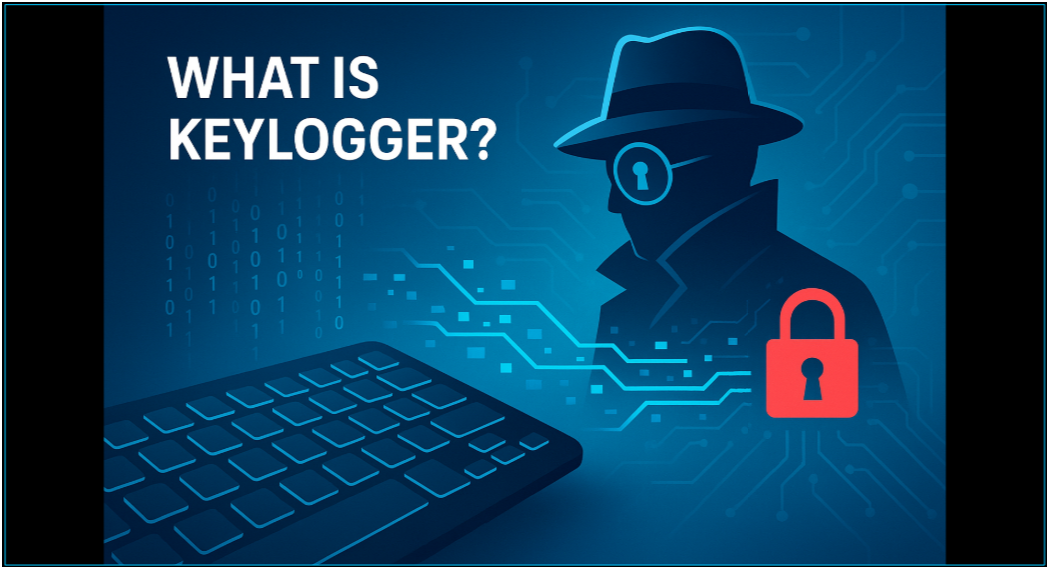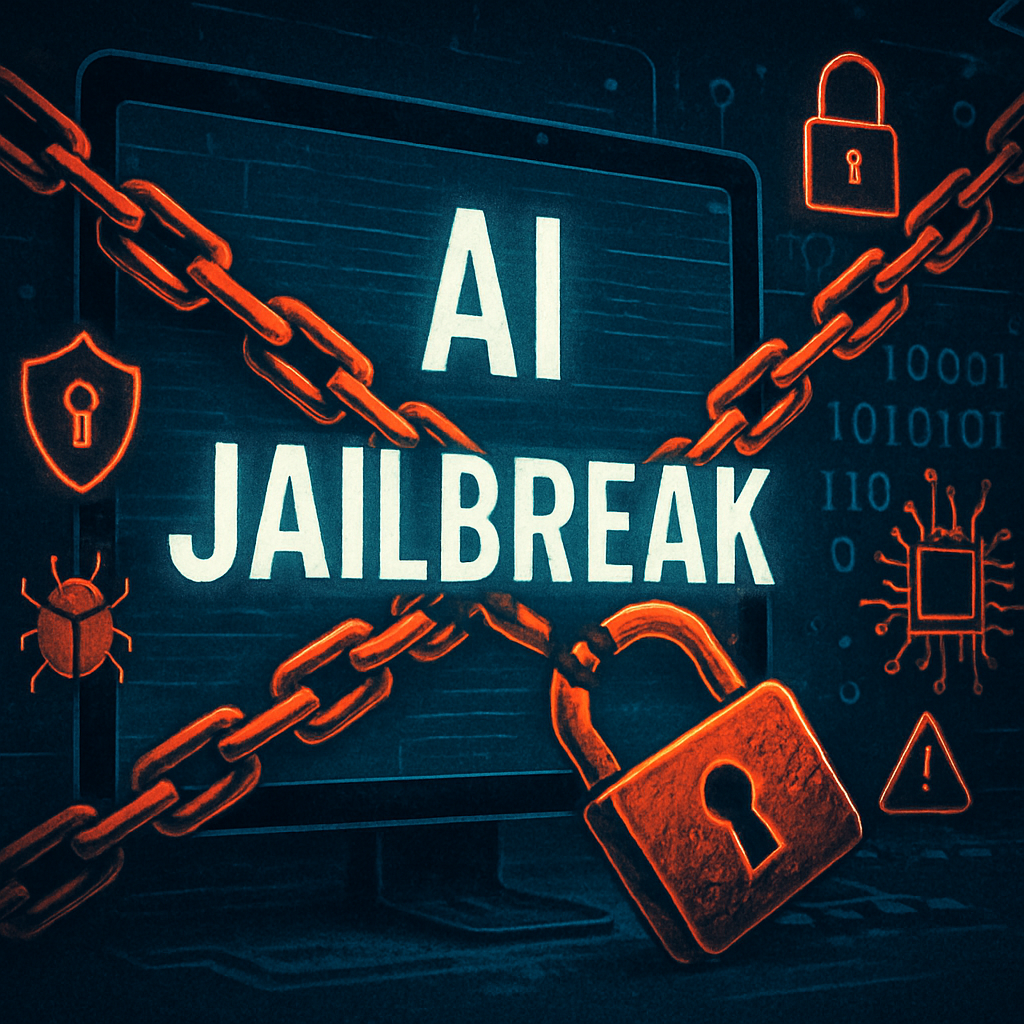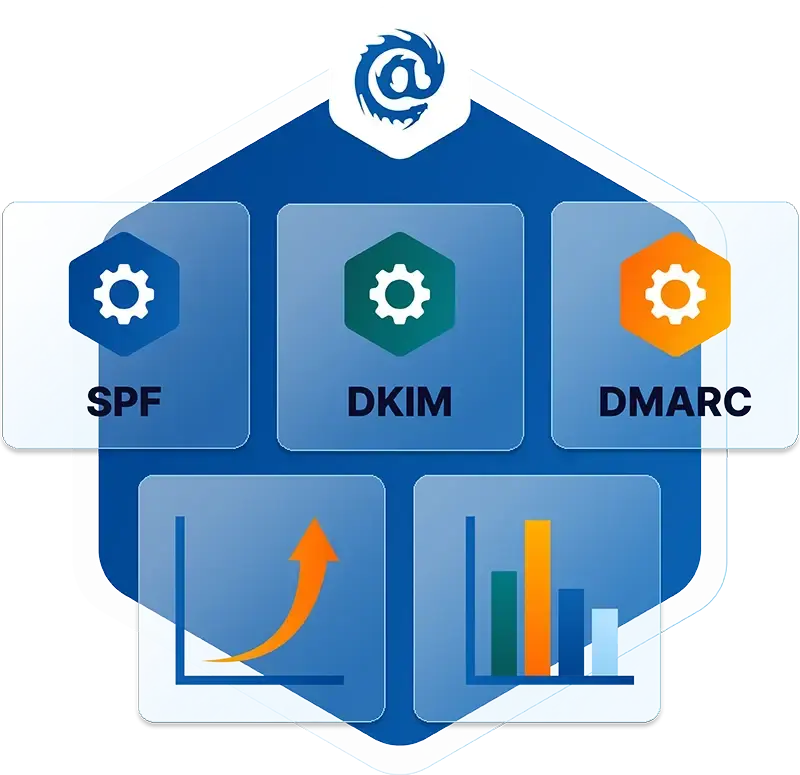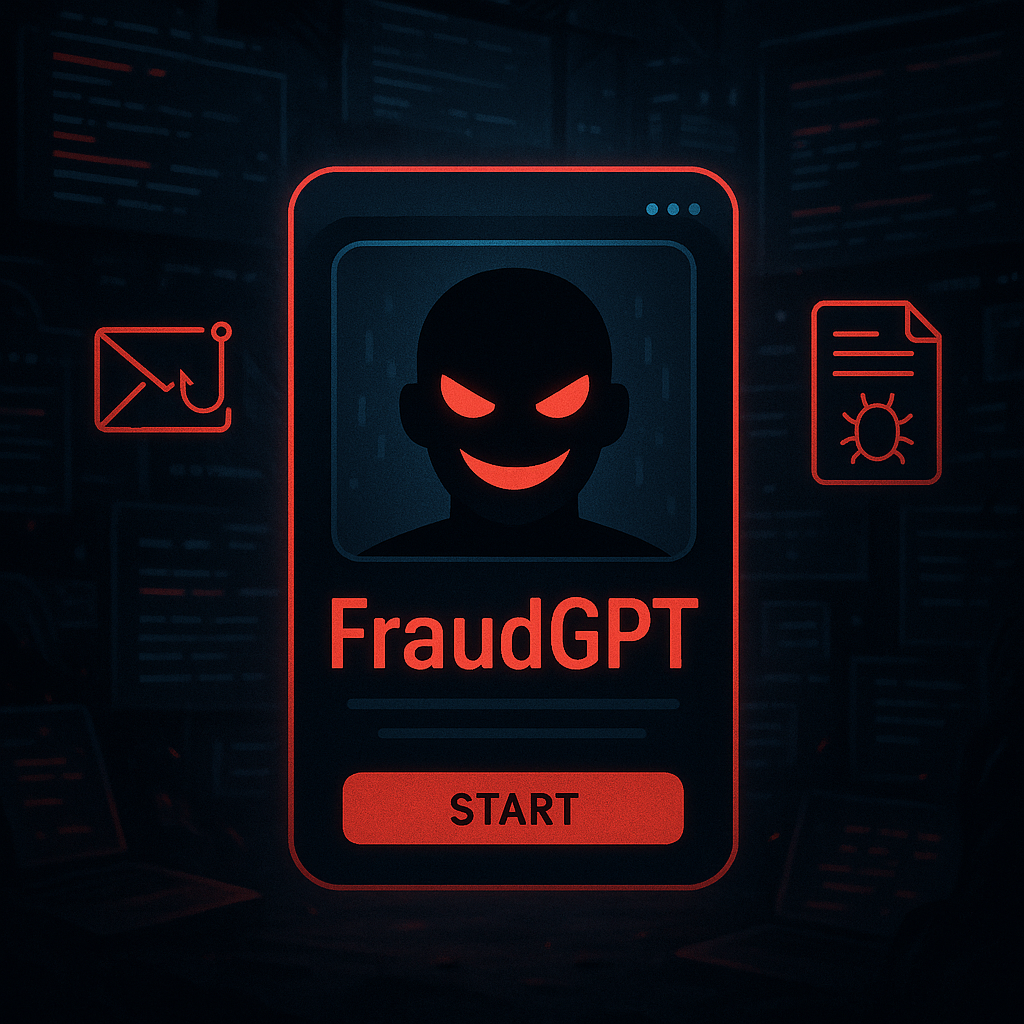Table of Contents
Quantum Cryptography Explained
Quantum cryptography is an encryption method that leverages the principles of quantum mechanics to secure data transmission. Unlike traditional cryptographic systems, which rely on mathematical algorithms, quantum cryptography utilizes the inherent properties of quantum particles, such as photons, for secure communication. This technology ensures data security by exploiting quantum phenomena that prevent unauthorized access without detection.
How Quantum Cryptography Works
Quantum cryptography works by leveraging the principles of quantum mechanics to enable secure communication between two parties, typically referred to as Alice and Bob. The process involves the following steps:
- Quantum Key Generation: Alice generates a random sequence of quantum particles, often individual photons, which represent the bits of an encryption key. Each photon can be polarized in one of several possible states, such as vertical, horizontal, or diagonal.
- Photon Transmission: Alice sends these photons to Bob through a communication channel, such as optical fiber cables. As the photons travel, they carry the encoded key information.
- Polarization Measurement: Upon receiving the photons, Bob measures their polarization using a polarizing filter or beam splitter. However, due to the nature of quantum mechanics, Bob cannot determine the polarization state of a photon without disturbing it.
- Secure Key Exchange: To ensure the security of the key exchange process, Alice and Bob perform a comparison of the polarizations used during key generation and measurement. Any deviation from the expected polarization indicates potential eavesdropping by an unauthorized third party, often referred to as Eve.
- Error Correction: If Alice and Bob detect any discrepancies in the measured polarizations, they discard the corresponding photons and repeat the process to generate a new key. This error correction mechanism ensures the integrity of the encryption key.
- Quantum Secure Communication: Once both parties have established a secure encryption key, they can use it to encrypt and decrypt messages securely without the risk of interception or decryption by unauthorized parties.
Types of Quantum Cryptography
These examples showcase the diverse applications of quantum cryptography in ensuring secure communication, key distribution, and data protection in various contexts.
- Quantum Key Distribution (QKD): One of the most well-known applications of quantum cryptography, QKD enables secure key exchange between two parties using quantum properties to detect any eavesdropping attempts. Prominent QKD protocols include BB84, E91, and SARG04.
- Quantum Coin Flipping: This protocol allows two parties to flip a coin remotely and securely, ensuring fairness and transparency without the risk of manipulation or cheating.
- Position-Based Quantum Cryptography: This approach utilizes the physical positions of parties to establish secure communication channels, leveraging quantum principles to prevent interception and tampering.
- Device-Independent Quantum Cryptography: Device-independent protocols aim to establish secure communication without relying on the trustworthiness of the underlying quantum devices, offering enhanced security guarantees against potential vulnerabilities.
- Quantum Secure Direct Communication (QSDC): QSDC protocols enable the direct transmission of encrypted messages between parties without the need for shared keys, leveraging quantum principles for secure communication.
Quantum Cryptography Challenges
Despite its advantages, quantum cryptography faces several challenges, including:
- Polarization Errors: Photons may experience changes in polarization during transmission, leading to errors in key generation.
- Limited Range: Quantum cryptography systems typically have a restricted range, requiring specialized infrastructure for long-distance communication.
- Cost: Implementing quantum cryptography infrastructure can be expensive, involving specialized equipment and fiber optic networks.
- Vulnerabilities to Quantum Computing: Future advancements in quantum computing may pose threats to quantum cryptography's security.
What Role Can Quantum Cryptography Play in Email Security?
Email communication can benefit from quantum cryptography by incorporating secure key exchange mechanisms. Quantum key distribution protocols enhance email encryption by providing robust protection against eavesdropping and unauthorized access. By integrating quantum cryptography into email systems, organizations can ensure the confidentiality and integrity of sensitive communications.
Safeguarding Against Attacks on Quantum Cryptography
To safeguard against potential attacks aimed at quantum cryptography, organizations can take proactive measures, including:
- Adopt Quantum-Safe Cryptography: Utilize encryption algorithms resistant to quantum computing threats, such as lattice-based cryptography
- Deploy Quantum Key Distribution (QKD): Implement QKD systems to establish secure communication channels immune to quantum interception
- Monitor Network Activity: Regularly monitor network traffic and communication patterns to detect any anomalies indicative of quantum cryptography attacks
- Stay Informed: Stay abreast of developments in quantum computing and cryptography to adapt security measures effectively and mitigate emerging threats
By understanding the principles of quantum cryptography and implementing proactive security strategies, organizations can protect against potential vulnerabilities and ensure the integrity of their communications.
Explore More Articles
Say goodbye to Phishing, BEC, and QR code attacks. Our Adaptive AI automatically learns and evolves to keep your employees safe from email attacks.

/Concentrix%20Case%20Study.webp?width=568&height=326&name=Concentrix%20Case%20Study.webp)












